Canadian Softwood Lumber Faces Major Duty Increases
In May 2025, the U.S. Department of Commerce released the preliminary results of its sixth administrative review on Canadian softwood lumber imports. The findings point to steep increases in duty rates. Canfor Corporation is facing a combined preliminary rate of 46.48%, while West Fraser Mills Ltd. may be hit with 26.05%. Most other producers fall into an “all others” category with a proposed rate of 34.45%. These duties stem from ongoing claims that Canadian companies receive unfair subsidies, giving them an edge over U.S. producers. (Source – International Trade Canada)
Lumber Prices Surge Ahead of Final Ruling
Although the final duty rates won’t be set until August 2025, the lumber market is already reacting. In April 2025, softwood lumber prices jumped more than 23% compared to the same time last year. Price volatility and uncertainty are making it harder for pallet manufacturers, crate builders, and other wood packaging producers to forecast costs or secure stable supply. (Source – CNBC Africa)
Trump’s Broad Tariffs Exempt Lumber – For Now
In March, President Donald Trump announced a sweeping 25% tariff on Canadian and Mexican imports. While many industries are affected, softwood lumber remains exempt—at least for now. The White House clarified the exemption in April, but the move stirred market anxiety, especially among buyers relying heavily on Canadian materials. (Source – ResourceWise)
U.S. Industry Pushes for Trade Enforcement
The U.S. Lumber Coalition continues to pressure regulators, arguing that Canada’s subsidies distort market competition and harm domestic producers. In support of the proposed duty hikes, the coalition states that enforcing trade laws will level the playing field. (Source – US Lumber Coalition)
How Wood Packaging Companies Can Prepare
Rising duties and trade tension demand proactive planning. Companies that manufacture pallets, crates, and other wood-based products should consider:
- Diversifying suppliers, including U.S. sources
- Increasing inventory ahead of potential price hikes
- Exploring recycled or alternative materials
- Monitoring policy updates and trade news
Reacting early can help your business stay competitive and avoid supply chain disruptions in the months ahead.
